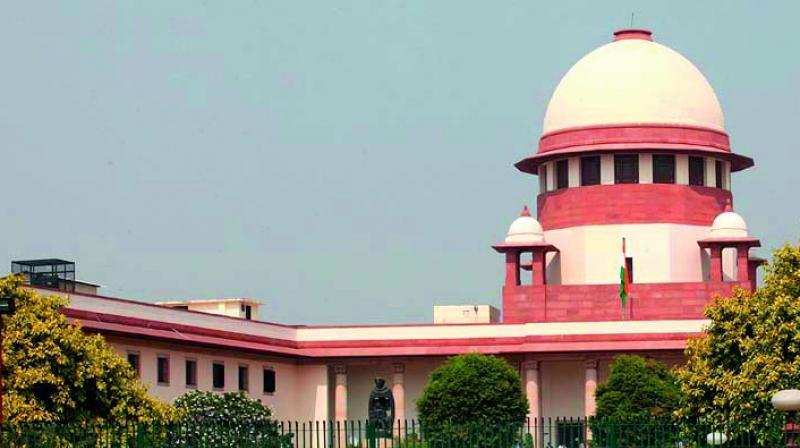For a transparent judiciary

There is much that needs to be done in terms of reforms. It remains to be seen if the judiciary and the political leadership can take on this challenge in a timely manner.
India’s judiciary is facing a massive crisis. It is failing to perform its most basic functions — timely resolution of disputes, and speedy enforcement of laws. The judiciary’s failings manifest in many ways — the election of criminals to political office while pending trial, the lack of accountability in government decision-making, the impunity of the police, the misuse or failure of well-intentioned laws, and many other problems.
The other contributor to these problems is the absence of an accountable and modern police force, but this piece is about the crisis of credibility facing India’s judiciary and what needs to be done about it.
The numbers are stark. According to the National Judicial Data Grid, nearly 55 per cent of cases in lower courts nationwide have been pending for more than two years; a shocking 9 per cent for more than 10 years. The 253rd Law Commission Report found that 75 per cent of the civil suits in High Courts with original jurisdiction were pending for more than two years as of 2015. Similar figures are not available for all categories of cases in the High Courts and the Supreme Court, however, the absolute number of cases pending in the system has been increasing year on year.
In just the last decade, two High Court judges have faced impeachment in Parliament, one faces trial in a corruption case, and one was held in contempt by the Supreme Court, to say nothing of the judge who recently affirmed on television that he did not believe that peacocks reproduce sexually and that the cow should be made the national animal.
Across the country, over the last decade, data shows that the number of civil cases filed every year has started to decrease after plateauing. This is in stark contrast to criminal cases which have not decreased, and global experience, where an emerging economy like India usually sees a spurt in litigation due to increased economic activity.
Even those who acknowledge these problems in the judiciary tend to favour quick fixes. Cutting down vacations, for instance, solves nothing. The leading cause for delay, as research by the Vidhi Centre for Legal Policy has shown, is the frequent grant of adjournments, and merely scheduling more hearings only means more adjournments.
The current state of the Indian judiciary is the result of many decades of failure to act. A workable solution to the problems of the Indian judiciary therefore will take time, effort, and patience. It requires multiple stakeholders — the government, the judiciary, the Bar and litigants — to all be on the same page. There are going to be winners and losers in whatever reforms are undertaken and it will not be painless.
Judges will have to give up administrative powers (but not supervision) to trained professionals and work more transparently; lawyers must give up lucrative but unethical and dubious practices; the government must give up its addiction to mindless litigation, and litigants must be willing to pay the cost of an efficient and stable judiciary.
The changes must start from the bottom up and be driven by local governments and local needs. State governments must work with High Courts, setting a target that all cases are resolved in less than two years of filing. Of course, the Centre and the Supreme Court will have to be involved in certain matters, but there is no reason why a state government cannot undertake judicial reform in coordination with High Courts. This could involve everything from increasing funding to, and setting up of, quality law colleges, improving court infrastructure, making suitable amendments to procedural laws, and coming up with a rational litigation and prosecution policy, among other things. This is not a replacement for the changes that need to be carried out at the national level, with the most important one, by far, being changes to the method of appointment of judges to the higher judiciary. The collegium has systematically failed to ensure an adequate number of judges in the higher judiciary, no matter how many posts are created, and functions with utter opacity.
The National Judicial Appointments Commission, far from addressing these changes, would have reproduced them, with the added vice that the independence of judges would have been further compromised. A more participative and transparent appointment system is what is needed.
Will the political leadership and the judiciary rise to the challenge of undertaking these reforms in a timely manner? Perhaps, or perhaps not. Whatever they choose to do or not do, India will not be a constitutional democracy for long in the absence of such reforms.

